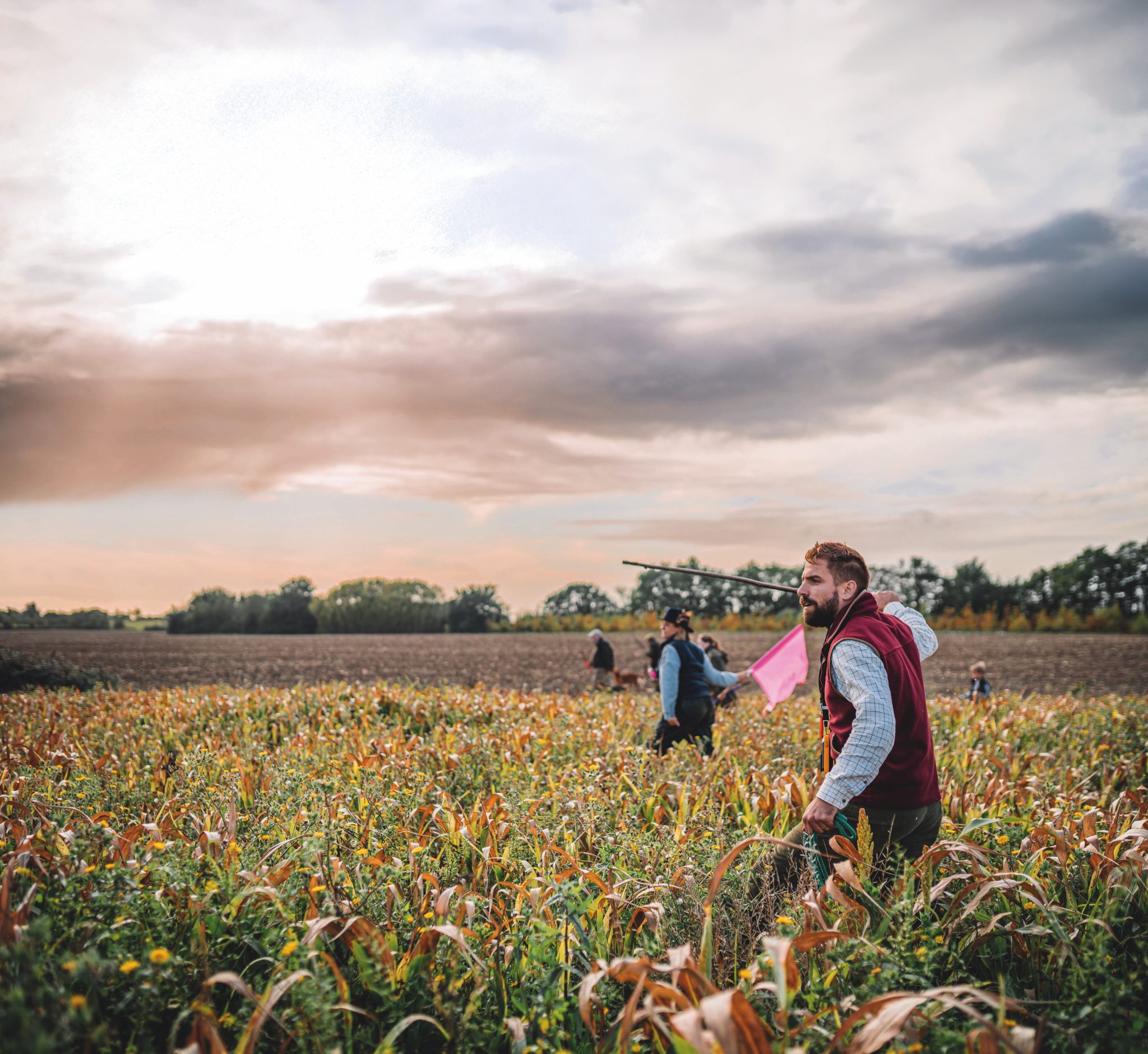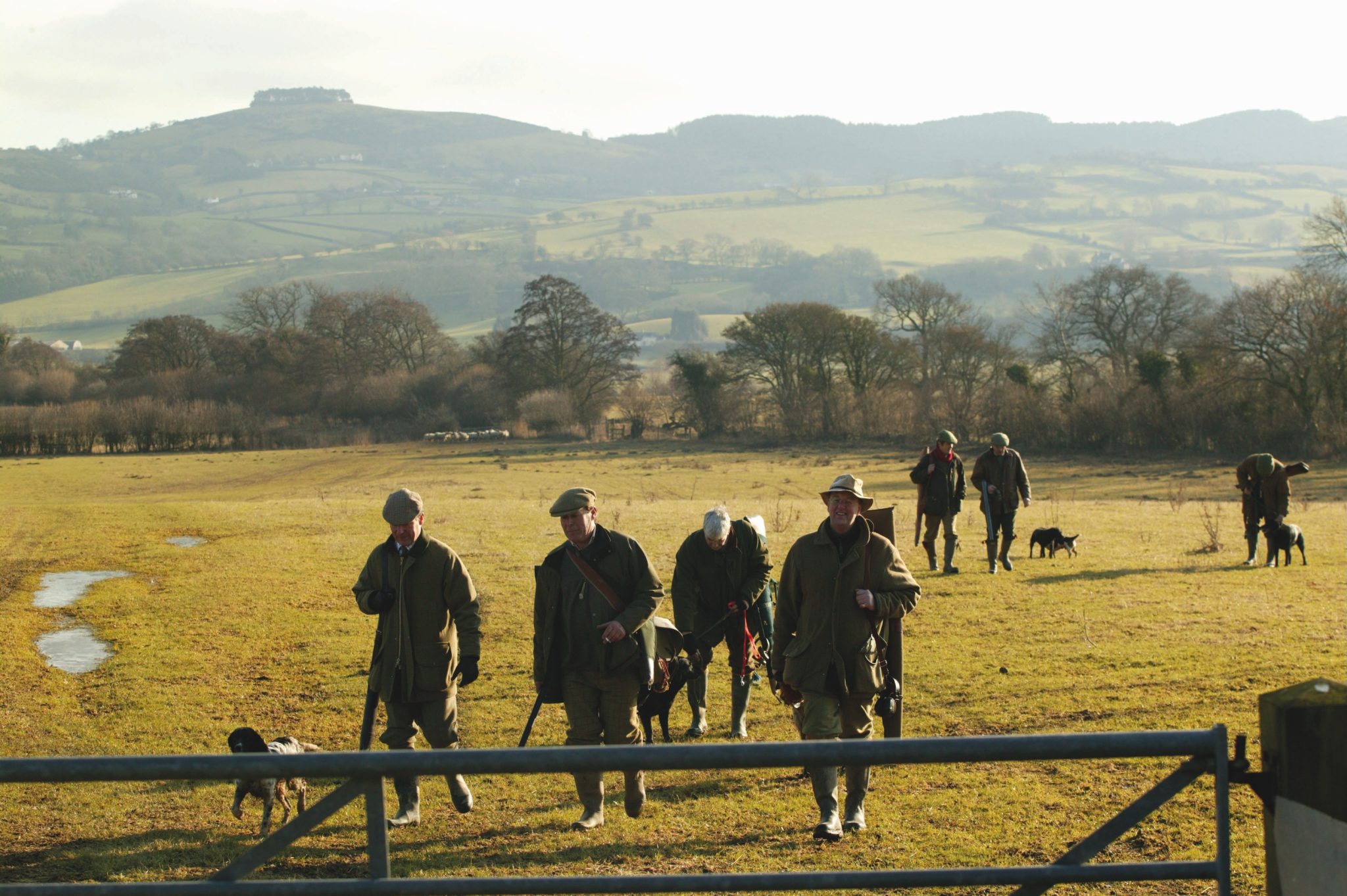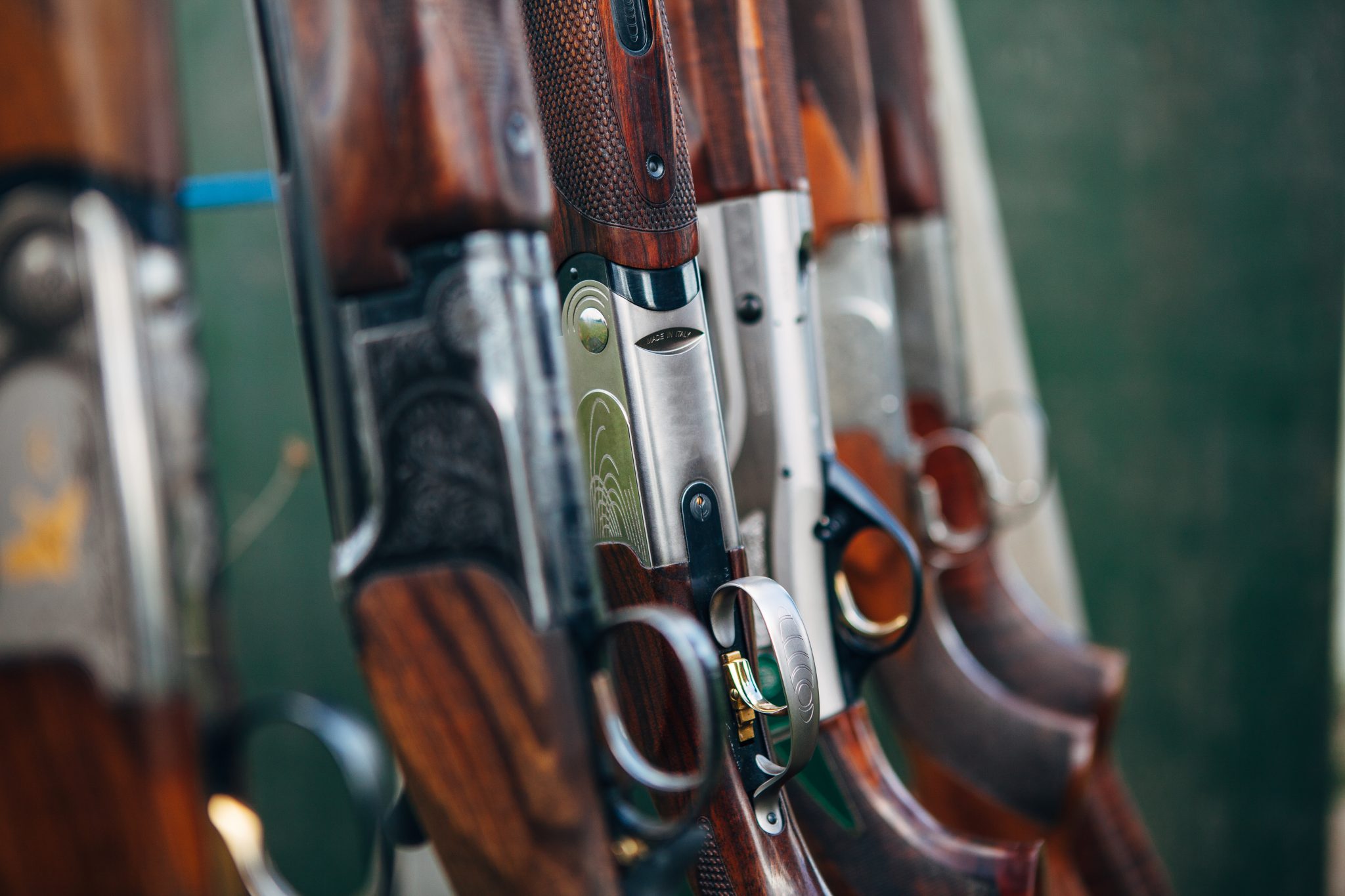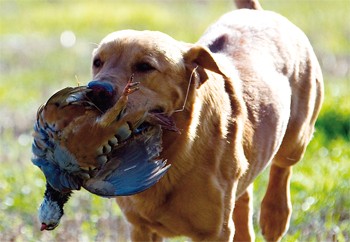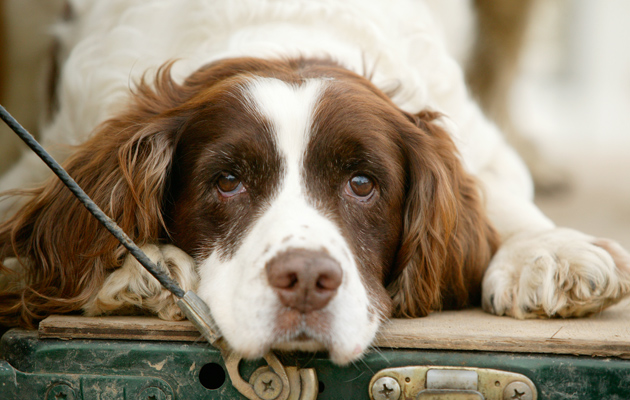Gundog training: Why are some days better for scenting than others? On quite a few days last season the dogs…
Win CENS ProFlex DX5 earplugs worth £1,149 – enter here
Gundogs and scent
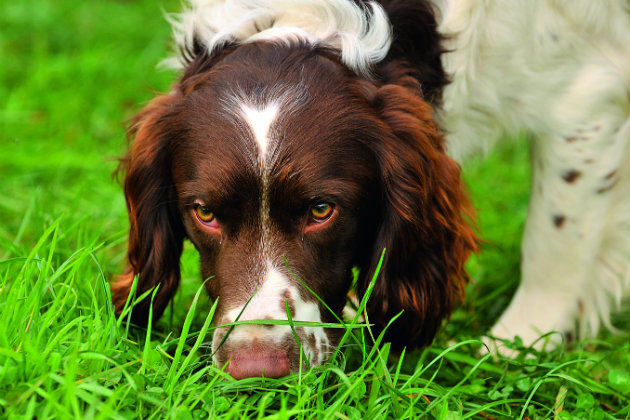
Scent is truly an act of God. We have no direct access to it, still less any ability to influence it: and yet nothing is more critical to the way our dogs work and the way we choose to handle them. For we see, time and again, how challenges that are almost effortlessly overcome can, in other circumstances, present seemingly insurmountable obstacles.
Close observation and careful reflection are important, of course. But they can only take us so far and often our hopes and our best expectations are thwarted. We find ourselves struggling when conditions seem favourable or, perhaps, breezing it when we envisaged having to work really hard. So what do we know for sure? Well, we know what we don’t know – references in the literature of hunting to it being a ‘mystery’ are legion – and we should acknowledge that it is infinitely variable: and that, generally, makes over-generalised descriptions of days as being ‘good’ or ‘bad’ scenting days quite inappropriate. That’s hardly surprising though, because the list of relevant factors that have some causal impact is a mighty long one. It’s particular to time, place and atmospheric conditions and… who knows what else?
A strong wind often presents a scent problem
Scent consists of molecules of a volatile substance and the more volatile the substance the more molecules are given off. The particles are of varying weights so some float in the air while the heavier ones fall to the ground. Some are absorbed by surface tension on to droplets of moisture. The resultant phenomena are air scent, ground scent and the scent that adheres to vegetation against which the quarry has brushed. To try to understand air movement and scent we grope for analogies and the best is probably the one that sees it as a plume of smoke which may swirl and eddy as it disperses. Indeed, the fate of the scent molecules is entirely dependent on a whole range of conditions: most obviously radiation, convection, wind and the nature of the ground cover. Certainly, the analogy enables us to understand why a strong wind so often presents a problem as the scent molecules are scattered hither and thither such that dogs will perhaps get a ‘touch’ far from the location of their quarry, which they struggle to ‘work out’.
Nose comes first with a big F
Of course their ability to do that at all depends on a range of learned competences, and that’s why the beginning of wisdom on the subject is to recognise that we should always talk of nose and scent rather than just scent. But for our dogs and our best guesses, what handle would we have on the subject at all? That’s why Vincent Routledge, in his 1929 essay The Ideal Retriever and How to Handle Him, begins his ranking of the qualities of a retriever with the unequivocal assertion that: “Nose comes first with a big F”. But, that said, he follows it with the observation that brains are every bit as important, if not more so, since without brains a dog will not adapt itself to prevailing conditions.
Later, in emphasising that a handler should never presume to know better than a dog when it comes to making a first cast, Routledge draws on an insight from a celebrated 18th century text on hunting. Peter Beckford published his Thoughts on Hunting in 1781 and no book better exemplifies the value of close observation and reflection on the experience. He says for instance that: “Storms in the air are great enemies to scent and seldom fail to take it entirely away.” He continues: “In some fogs I have known the scent lie high, in others not at all, depending on the quarter the wind is in. I have known it lie very high in a mist, when not too wet; but if the wet should hang on the boughs and bushes, it will fall upon the scent and deaden it…” and “when cobwebs hang on the bushes there is seldom much scent”, and so on. His gaze is precise and the conclusions he draws are tempered by his recognition that “it is very difficult to ascertain exactly what scent is”. The general thrust of his insights, however, is that the temperature of the ground just below its surface, relative to that of the air, is critical in determining scenting conditions.
Those core insights certainly inform the views expressed in another fine book published in 1929, Charles Alington’s Field Trials and Judging. Moisture, along with good air/ground temperature variation accounts for his observation that scent is almost certain to be good for an hour when the temperature suddenly drops in late afternoon of a warm October day. “Under no other conditions,” he cautiously added, would he care to “back his opinion that scent will be good”.
All dogs have broadly similar scenting capabilities
Alington, who won the IGL Retriever Championship with three different dogs in 1921, 1922 and 1930, took the view that all dogs, of whatever breed, have broadly similar scenting capabilities. That view was allied, however, to a keen appreciation of the variability we see about us all the time. He tells, for instance, the story of an Irish setter he and a party of guns shot over in Ireland. It had been used for three years by a professional snipe shooter and, when it was purchased and brought over to England, it never showed it possessed a nose at all on any other game but snipe.
Similarly he says: “We often find a dog has a wonderful nose for a foot scent and little for anything else, and vice versa.” Indeed, he had once owned a retriever “which never showed any great nose except for a rabbit sitting in a form”. And in a startlingly revealing insight he talks of the instance where a bird sits tight in cover. Two dogs are sent and it stays so. Another dog is sent which fails, but its efforts agitate the bird enough for it to move its wings while still sitting tight and the fourth dog sent picks it. While certainly crediting the dog with the find we should not be too ready, he suggests, to claim that “it showed superior nose to the others”.
Everyone will agree, he says, that some stone-dead birds can be winded at a greater distance than others when lying on similar ground and in apparently similar conditions by the same dog. “This is often due to the angle at which the bird is lying. If the wind is blowing against the lie of the feathers, a far stronger scent will be given off than would be the case if it is blowing in the opposite direction.” Every variation is considered and he notes the often significant effect of the place where game falls. Wind, after all, is affected by obstacles in the same way that water is diverted by boulders in a stream so that “a distance of half an inch one side or other of a turnip makes an enormous difference in the scent which comes to the dog”. We can all think of other circumstances – ditches, hedges, depressions in the ground and so on – which can have a huge impact on any sequence of work precisely because of the way scenting is impaired.
The insights of Beckford and Allington are so acute that it is no surprise to find a book, published in 1933 just a few years after Alington’s, confirming them. H.M. Budget’s Hunting by Scent presented the efforts of an ex-Master of the Bicester and Warden Hill Hounds to systematically measure and classify the conditions under which scent might be good or bad. The book presents the results of years of experimentation involving temperature recordings and again the conclusion is that the temperature of the ground just below its surface, relative to that of the air, is absolutely critical.
The more we think about scent the more elusive it can seem. And if it is so seemingly capricious, is competitive work with dogs nothing more than a lottery? No wonder those who have been trialling longer than five minutes develop a phlegmatic response to ‘outrageous fortune’. Is it a perverse case of God, as in Gary Larson’s cartoon, sitting at his computer with his finger poised over the ‘smite’ button?
Well, no it isn’t. And that’s an emphatic ‘no’ by the way. And to see why we have to remind ourselves, as we agreed earlier, that it only makes sense to consider nose and scent together. When we do we are made aware of just how critical a whole range of competences and skills in both dogs and handlers are to success in the field. Handlers, crucially, have continually to decide when to ‘put their whistle in their pocket’ while ‘owning’ a fall and working a line. Holding ground when hunting and, crucially, an ability to adjust pace to suit prevailing conditions are just some of the priceless qualities that make up everyone’s fond ambition – and not just for Christmas – of the ideal gundog.
How gundogs scent
A gundog’s sense of smell is one of its most valuable tools, but to take full advantage of this capability,…
Related Articles
Get the latest news delivered direct to your door
Subscribe to Shooting Times & Country
Discover the ultimate companion for field sports enthusiasts with Shooting Times & Country Magazine, the UK’s leading weekly publication that has been at the forefront of shooting culture since 1882. Subscribers gain access to expert tips, comprehensive gear reviews, seasonal advice and a vibrant community of like-minded shooters.
Save on shop price when you subscribe with weekly issues featuring in-depth articles on gundog training, exclusive member offers and access to the digital back issue library. A Shooting Times & Country subscription is more than a magazine, don’t just read about the countryside; immerse yourself in its most authoritative and engaging publication.



